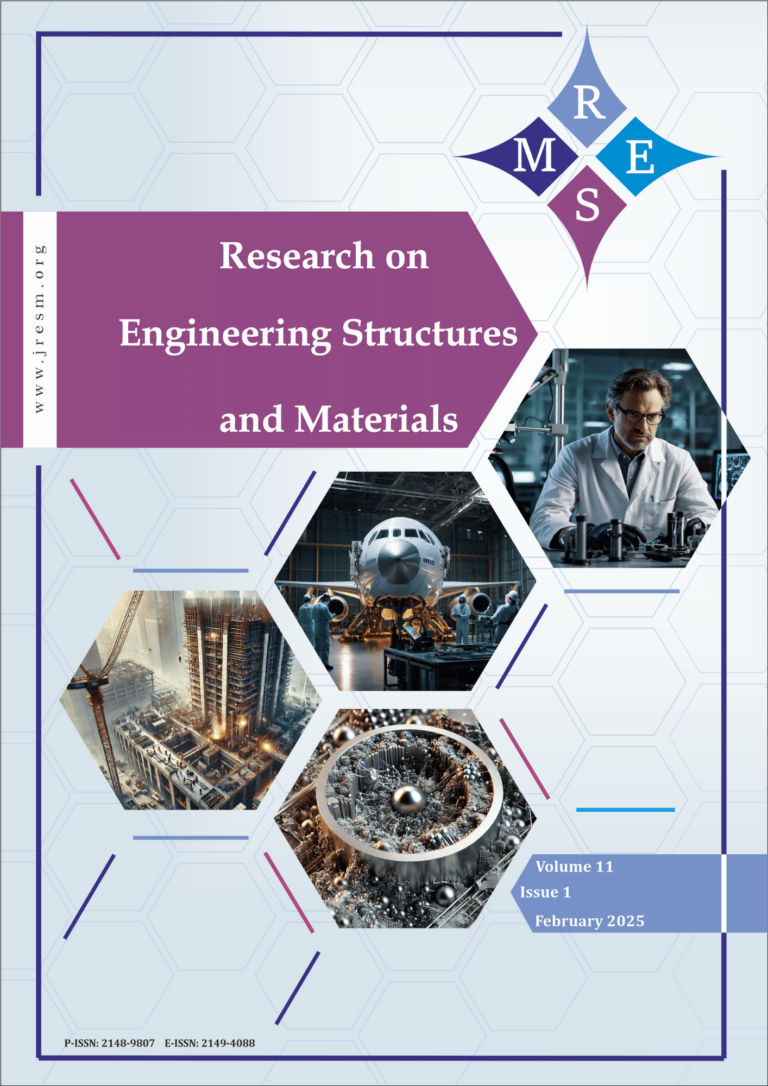The application of waste rubber in the Civil Engineering is considered one of the most effective solutions for managing this waste. Therefore, the aim of this study is to analyze the effect of rubber substituted in cement on the physical and mechanical properties of concrete using the general full factorial design method, and compare the laboratory results with the results of the JMP pilot test program, and find out if there is a match between the results. The rubber powder is used as a mass substitute in cement at rates of 0%, 2%, 4%, 6% and 8%. The fresh properties were evaluated through workability, air content, and fresh density tests, whereas the hardened properties were assessed using tests of compressive strength, flexural strength, and ultrasonic pulse velocity. These concretes have the workability from 8 to 14.5 cm, fresh density from 2.20 to 2.38 (g/cm3). The air content ranged from 1.2 to 1.9%. Furthermore, the compressive strength ranged from 22.85 to 43.97 MPa, while the flexural strength ranged from 4.86 to 7.03 MPa. In addition, ultrasonic velocity from 3831.42 to 4098.36 (m/s). Accordingly, it was concluded that the concrete with 2% of rubber represented significantly better compressive strength compared to the ordinary concrete. The numerical modeling is assessed to have an appropriate determined coefficient R2 close to 1 for the workability, fresh density, air content, compressive strength, flexural strength, and ultrasonic pulse velocity.
